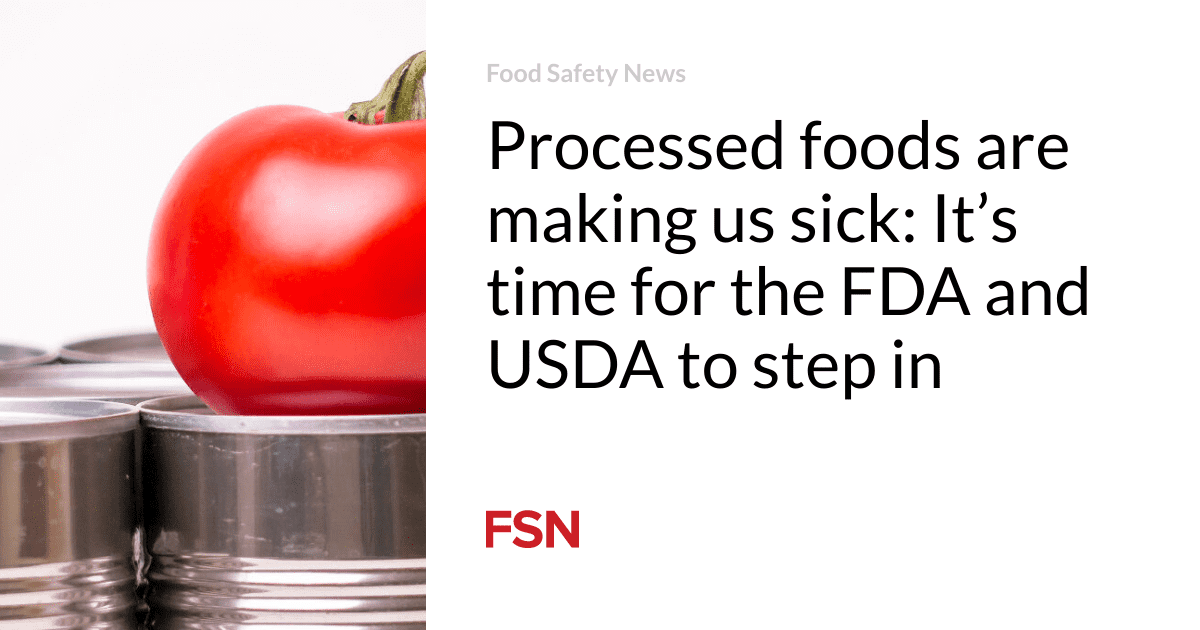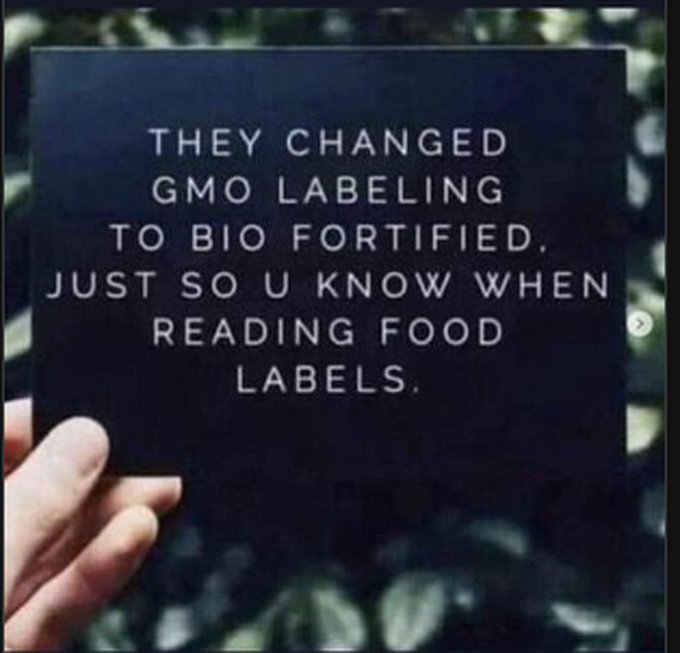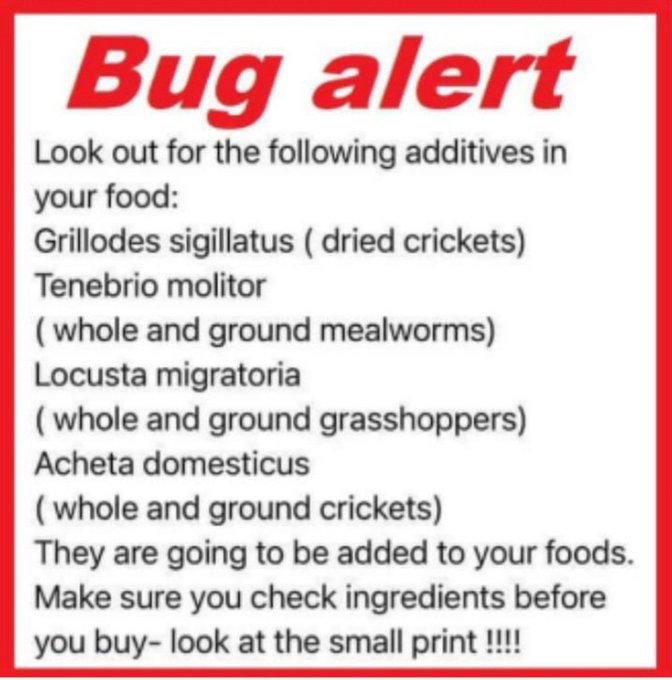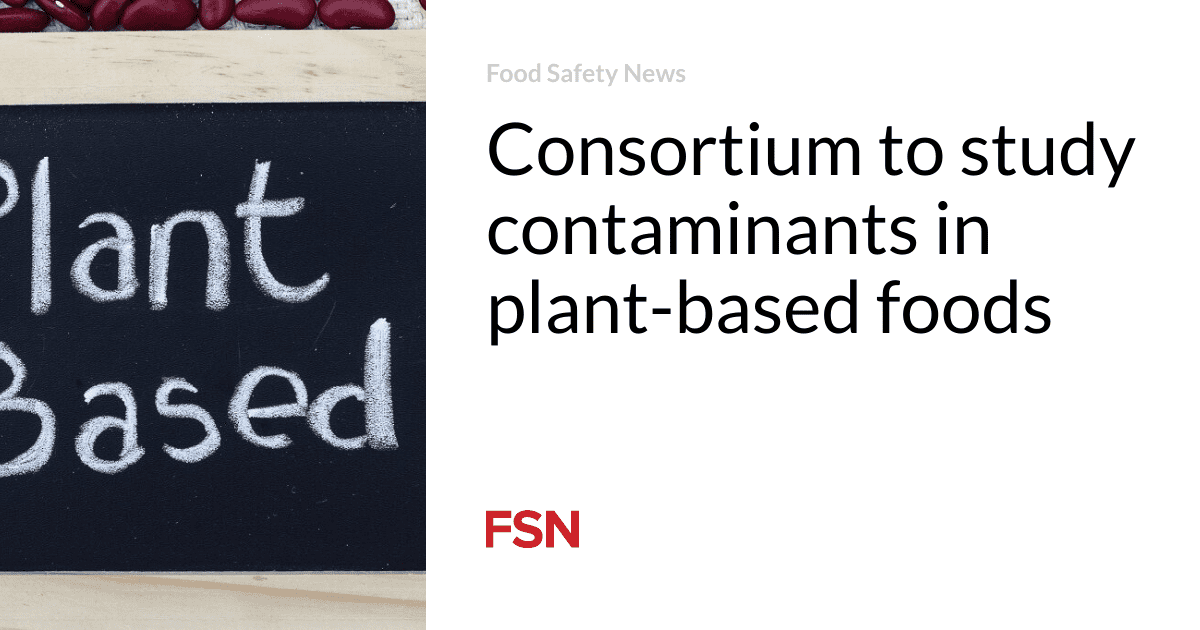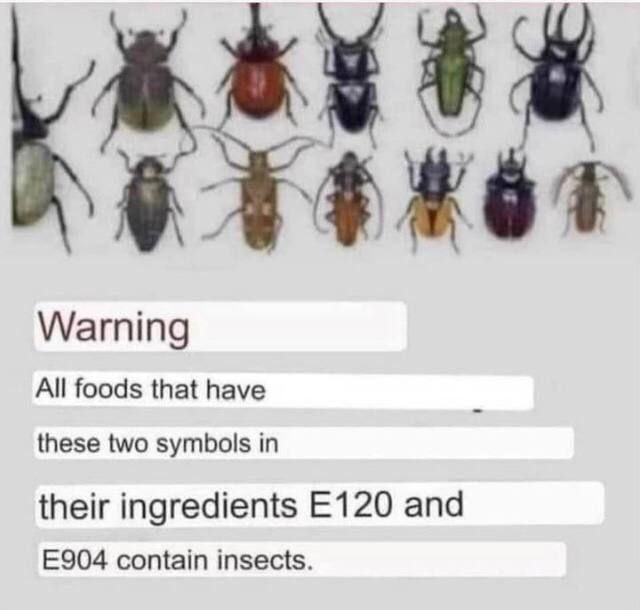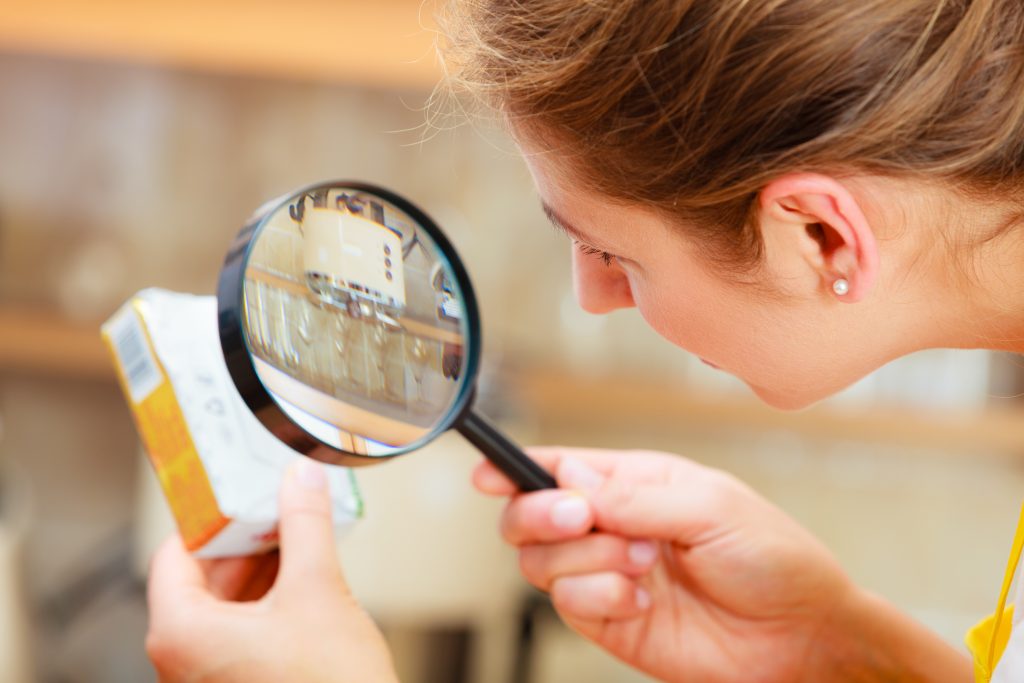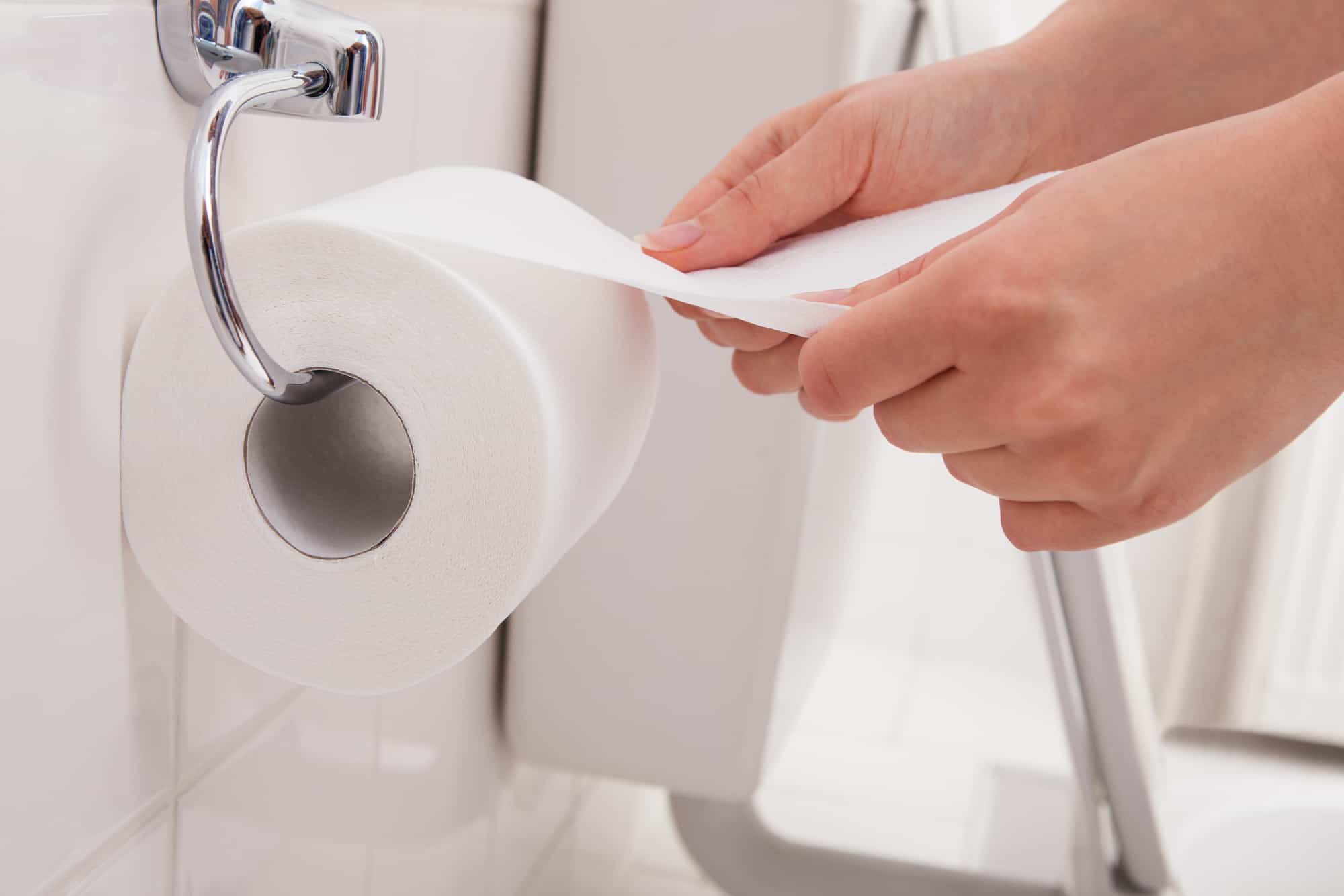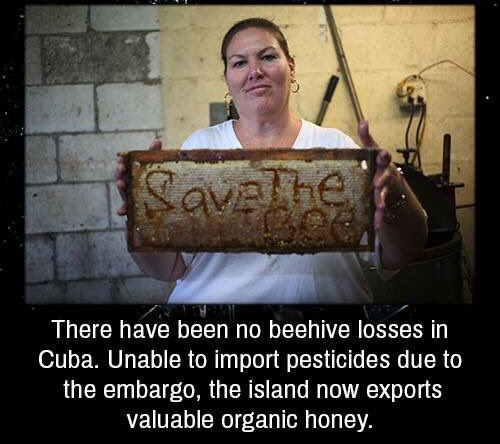Rinse & rePeat
Member
- Joined
- Mar 10, 2021
- Messages
- 21,516
“Understandably, hamburgers were on his family’s “no way” list for years. Now, he’ll occasionally order one — well-done, of course — because the odds of dangerous contamination have been lowered dramatically.
But these things still never pass his lips:
● Unpasteurized milk or juice. One of Marler’s first post-Jack in the Box cases was against Odwalla, whose unpasteurized apple juice triggered an E. coli outbreak in 1996 that killed a 16-month-old girl and sickened at least 70 people. The CDC says unpasteurized milk contaminated with bacteria and viruses caused 75 outbreaks between 2013 and 2018.
● Raw sprouts. “The warm, humid conditions needed to grow sprouts are also ideal for germs to grow,” says the CDC. All types — alfalfa, mung bean, clover and radish — can harbor dangerous bacteria in their seeds, Marler explains.
● Meat that isn’t well-done. Marler orders steaks well-done, despite nasty looks from chefs and waiters. Thorough cooking is especially important for ground and tenderized meat, where pathogens can be mixed in.
● Bagged salads, precut or prewashed fruits and vegetables. “Convenience is great, but sometimes I think it isn’t worth the risk,” says Marler. The risk of contamination rises with the degree of processing — and packaged vegetables are highly processed and highly risky if eaten raw.
● Raw or undercooked eggs. Regulations adopted more than a decade ago have lowered the risk of salmonella in raw eggs — but contamination can still happen, says Marler, who continues to eat his eggs well-cooked.
● Raw oysters and other raw shellfish. The incidence of foodborne illness linked to raw oysters seems to be increasing, Marler says, possibly due to warming waters. As filter feeders, oysters can easily pick up dangerous microbes. “It’s simply not worth the risk.”“

 www.seattletimes.com
www.seattletimes.com
But these things still never pass his lips:
● Unpasteurized milk or juice. One of Marler’s first post-Jack in the Box cases was against Odwalla, whose unpasteurized apple juice triggered an E. coli outbreak in 1996 that killed a 16-month-old girl and sickened at least 70 people. The CDC says unpasteurized milk contaminated with bacteria and viruses caused 75 outbreaks between 2013 and 2018.
● Raw sprouts. “The warm, humid conditions needed to grow sprouts are also ideal for germs to grow,” says the CDC. All types — alfalfa, mung bean, clover and radish — can harbor dangerous bacteria in their seeds, Marler explains.
● Meat that isn’t well-done. Marler orders steaks well-done, despite nasty looks from chefs and waiters. Thorough cooking is especially important for ground and tenderized meat, where pathogens can be mixed in.
● Bagged salads, precut or prewashed fruits and vegetables. “Convenience is great, but sometimes I think it isn’t worth the risk,” says Marler. The risk of contamination rises with the degree of processing — and packaged vegetables are highly processed and highly risky if eaten raw.
● Raw or undercooked eggs. Regulations adopted more than a decade ago have lowered the risk of salmonella in raw eggs — but contamination can still happen, says Marler, who continues to eat his eggs well-cooked.
● Raw oysters and other raw shellfish. The incidence of foodborne illness linked to raw oysters seems to be increasing, Marler says, possibly due to warming waters. As filter feeders, oysters can easily pick up dangerous microbes. “It’s simply not worth the risk.”“

Seattle food-safety attorney Bill Marler does not eat these foods — do you?
Reporter Sandi Doughton covered the E. coli outbreak 30 years ago, but she never thought much about foods she shouldn't eat. Until she talked to Bill Marler.

